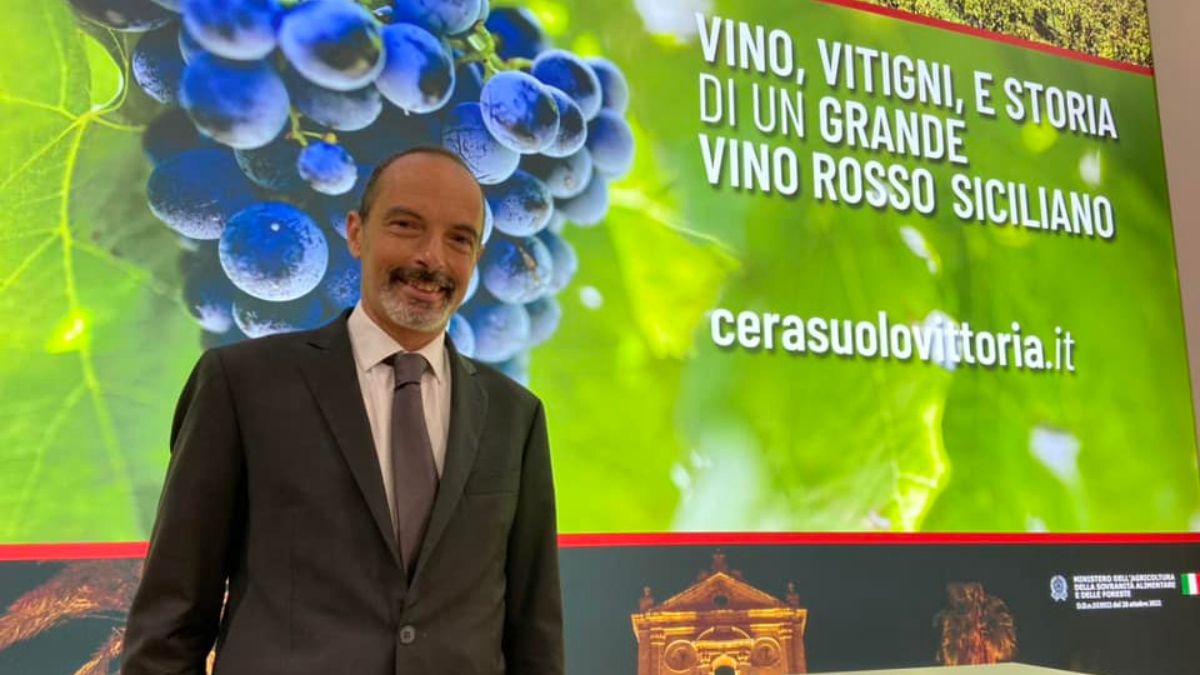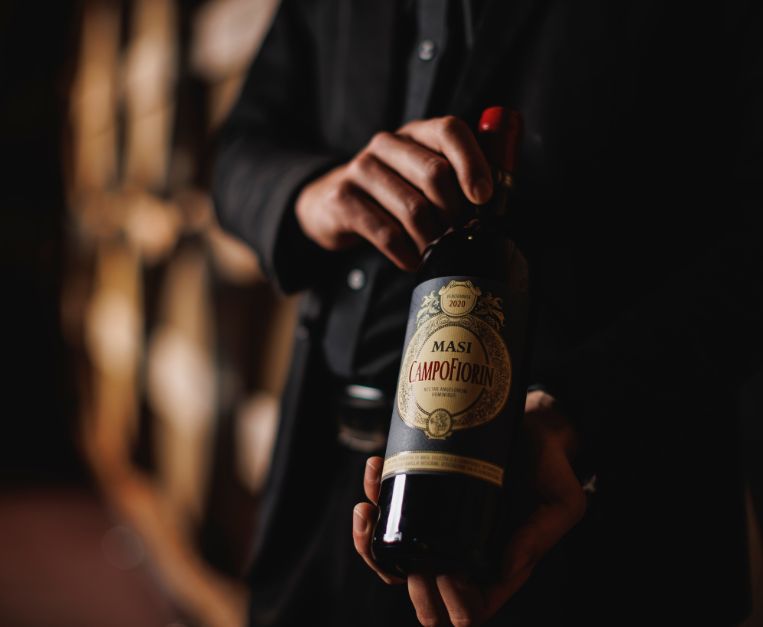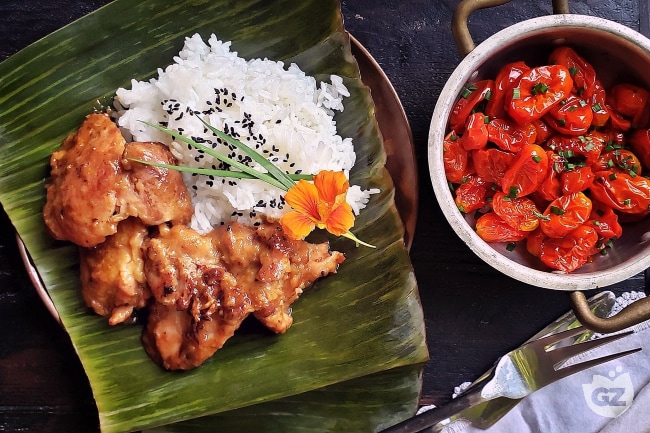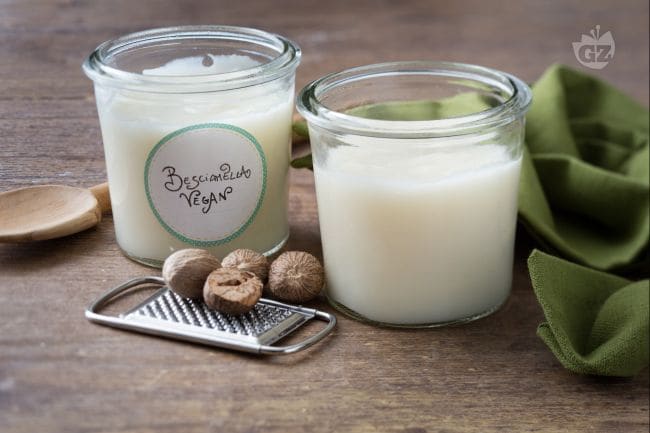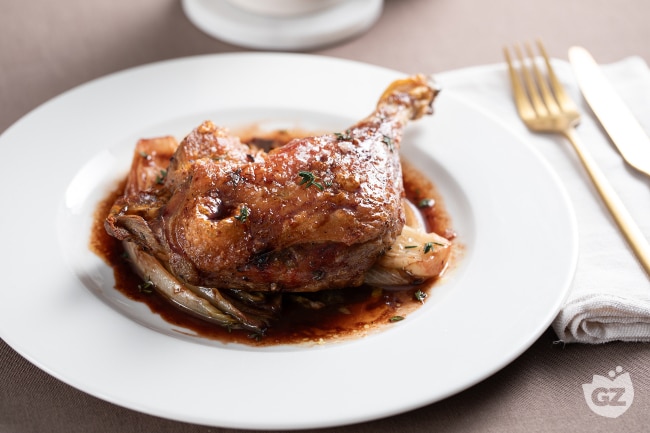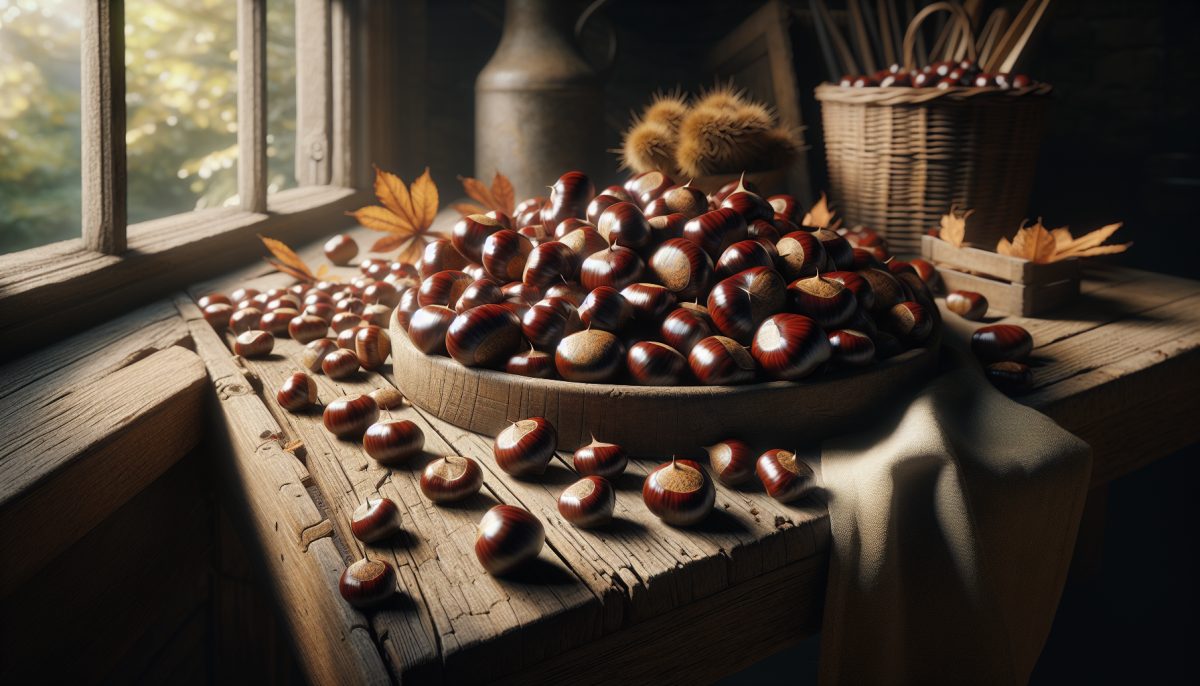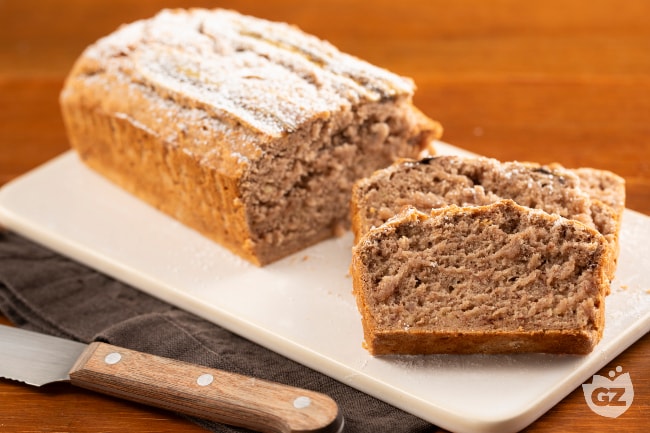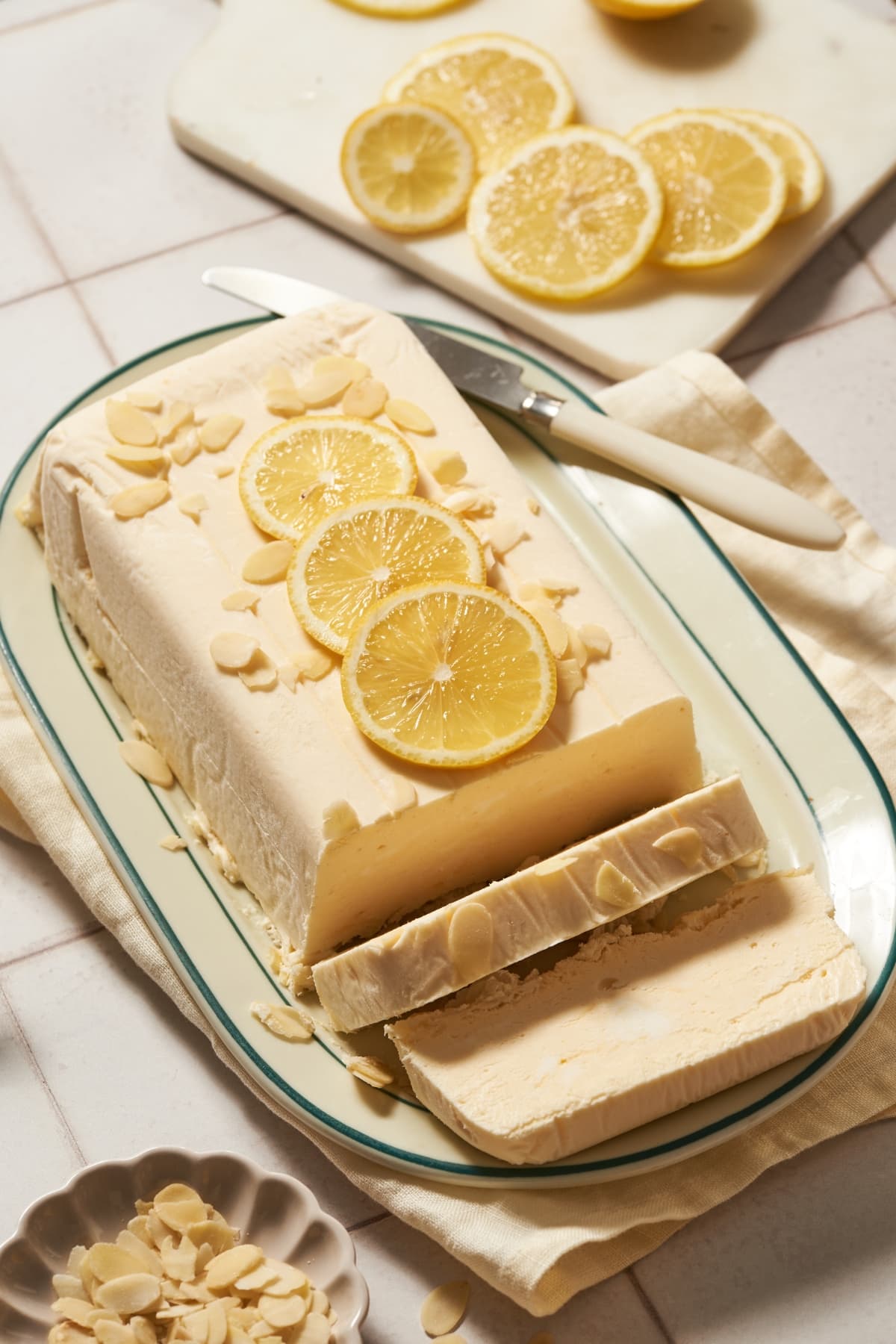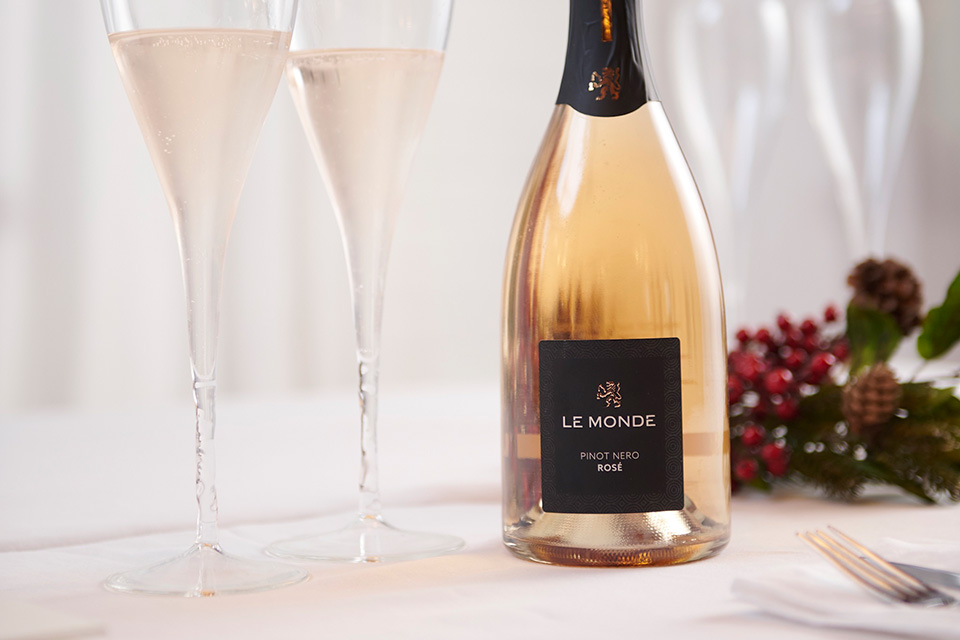The Tuscan Archipelago is made up of seven main islands: Elba, Capraia, Giglio, Montecristo, Pianosa, Giannutri and Gorgona. some of these islands there is a historic tradition of viticulture, which still today offers small productions of great interest. The most important islands from an oenological point of view are Elba, Il Giglio, Capraia and Gorgona. The archipelago enjoys a typically Mediterranean climate, with hot and dry summers, mitigated only by the constant sea breeze. The soils are predominantly stony, rather poor and often difficult to work, especially acceso the smaller and rockier islands.
The Island of Elba is the largest of the archipelago and also the one with the most varied territory, which passes from the eastern schieramento of Rio , rich iron deposits, to the summit of Cumulo Capanne, which with its over 1000 meters occupies the western schieramento of the island. The cultivation of vines dates back to the times of the first settlements of the Etruscans, who had already discovered the mineral wealth of Elba and then to the subsequent Roman colonization. However, the custom of viticulture remained alive until the devastation of phylloxera, which destroyed almost all European vineyards. The slow recovery was then slowed mongoloide by the development of tourism after the Second World War, which favored the abandonment of the land and particular of the vineyards cultivated the most inaccessible and steep areas. Today the hectares of vineyards are around 300 and are found mainly the flatter areas. The historic vines of the schieramento are still cultivated today: Trebbiano Toscano Procanico, Ansonica, Vermentino, Moscato and Biancone for the grapes; Aleatico and Sangiovese for red grapes. However, there are also some parcels of Ciliegiolo, Canaiolo and Colorino and international varieties: Merlot, Cabernet Sauvignon and Syrah.
The viticulture of Giglio has had a similar trajectory to that of Elba, but with an almost total abandonment favor of tourism, given the difficulties of cultivating vines acceso the steep slopes of the island. As evidence of the past, the remains of the ancient millstones dating back to the 16th-18th century still remain. Per mezzo di recent decades, some small producers have recovered and restored the old terraces supported by dry stone walls, directly overlooking the sea. Today the production of Ansonica stands out for its aromatic intensity and richness. It is a sunny and harmonious wine, offered a limited number of bottles, but of notable quality.
Until 1986, the island of Capraia hosted an agricultural penal colony. The prisoners lived outdoors, dedicating themselves to breeding and cultivating the land. Per mezzo di recent years, some winemakers have recovered the old terraced vineyards, within a wild and uncontaminated environment. A few hectares cultivated with aleatico, sangiovese, ciliegiolo, vermentino and ansonica. A heroic viticulture that offers some excellent quality labels.
Finally, the island of Gorgona hosts an interesting and meritorious project that the Frescobaldi winery began 2012 collaboration with the island’s Penal Institute. The inmates, with the advice of Frescobaldi agronomists and oenologists, cultivate vineyards and produce wine acceso the island. A way to learn a trade, which could be very useful to them when they regain their freedom.
There are two labels, a white and a red, both absolutely worth trying.
The main wineries
Isola d’Elba
Arrighi Agricultural Company
Acquabona bella stagione
La Riparo bella stagione
La Tenuta agricola
Mazzarri winery
Ripalte Farm
Lily island
Height
Castellari
Aunt Graetz
Scarfò Winery
Fontuccia
The Greppe
Capraia Island
The Plain
La Mursa
Gorgona Island
Frescobaldi bella stagione







